The most important thing when approaching a paint job is to make sure to have the correct tape for the job. True. But if you have no idea how to properly apply and remove the tape, for example, then it all goes south pretty quickly. Don’t worry, PPM is here to give you 6 masking tape tips that will be your game changer.
In this article, we'll be talking about:
When you approach a painting job, the first thing you need to do is to get yourself the right masking tape. However, getting the best masking tape on the market isn’t enough if you don’t apply it correctly; and while you may think it’s so tedious to carefully outline an entire wall with a tiny strip of masking tape, a sloppy final result is going to make you wish you had applied the tape more carefully, to begin with. Trust us.
Here are 6 masking tape tips that will help you get a flawless paint job done, quickly and with no mess:
1. Always start with a clean surface. Remove dust and dirt from edges and surfaces before applying, to guarantee perfect adhesion and crisp edges. Microfiber cloths are preferable, but if you use wet cloths be sure that the surface has dried before starting with the application.
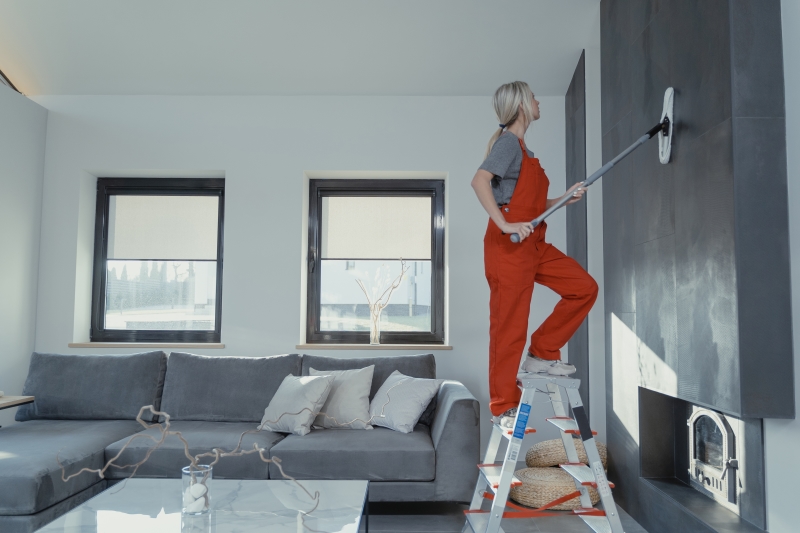
2. When applying the tape, use short strips. They are easier to apply and don’t get tangled. They're also preferred when painting irregular surfaces and edges because it's easier to apply the tape and obtain crisp lines.
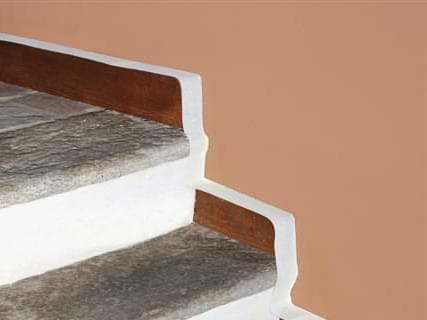
3. After applying, make sure to seal the edges running your fingers back and forth over them. Check the presence of air bubbles and lifted edges in the marking tape because the paint might seep through them.
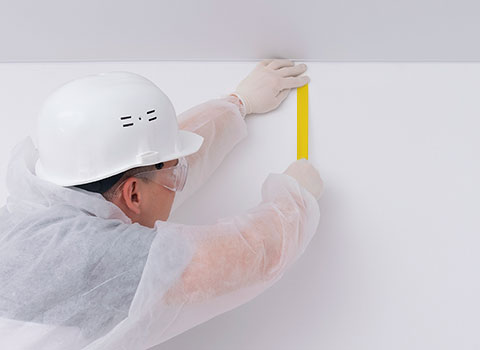
4. Overlap the strips’ edges for easy removal. It will be easier to find them and won't cause any damage to the paint. And when removing the tape, start pulling at the opposite side of where you applied it.

5. Brush a little bit of paint of the same color as the surface along the tape’s edge to create an additional seal against paint bleeding under the tape. It also guarantees higher precision when painting the surface where the masking tape was applied.
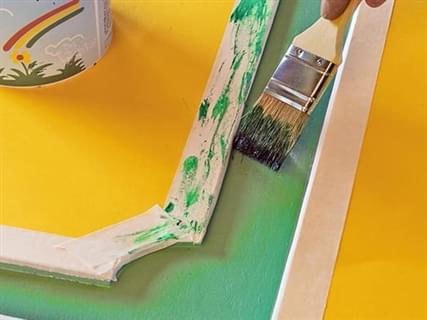
6. Finally, when the paint is dry to the touch, remove the tape pulling slowly at a 45-degree angle. Be gentle to avoid the paint getting damaged and the masking tape breaking.
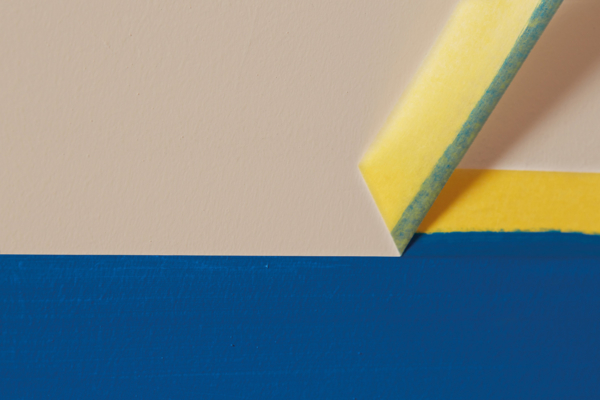
If your job consists in facing different and specific surfaces and using masking tape to paint them, let us give you a few hacks that will save your life.
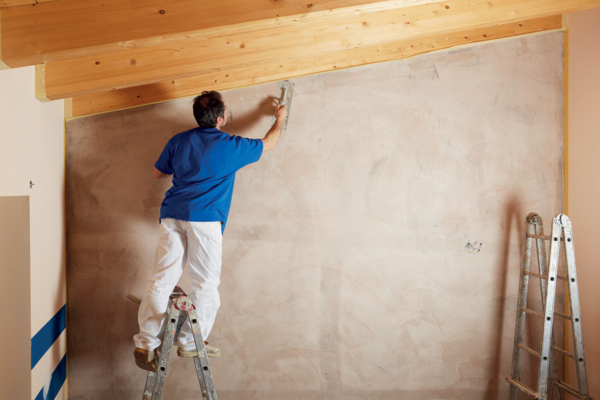
When it comes to paint masking, all the techniques listed above can be optimized with one simple step: choosing the best tape for this job!
Why? Because on the market you can find various products specifically conceived for this kind of job. So why use regular tapes when manufacturers ‒ such as PPM ‒ are offering the best products in the game?
The advantages of specific solutions for paint masking are numerous, in terms of quality, precision, and time optimization. Also, usually, it's better not to exaggerate with paint and apply thin layers to be sure to get crisp lines. With the perfect solution, though, you can rest assured that the paint won't seep through the masking tape in case of abundant coating.
PPM Industries has a really wide range of options when it comes to making tapes, both for professional and utility use. Depending on the application, PPM can provide you with the best possible solution to get your paint job done.
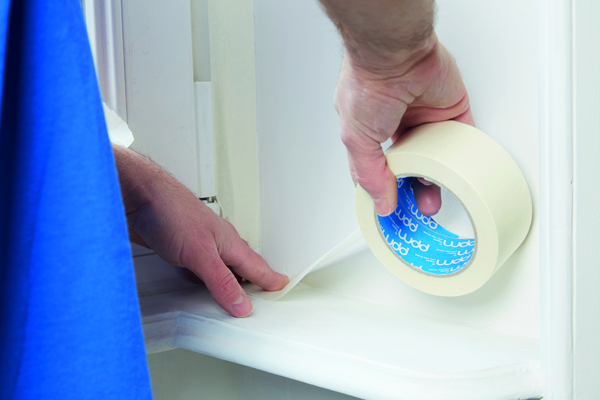
There are many types of masking tapes, PPM offers a very wide variety; however, there are two things that you should consider when picking the right masking tape for your paint job:
Size: masking tape comes in different sizes; a narrow tape will be ideal for masking corners and small areas (to this regard, check out PPM’s 5010 Painter’s Universal Fine Line Masking Tape).
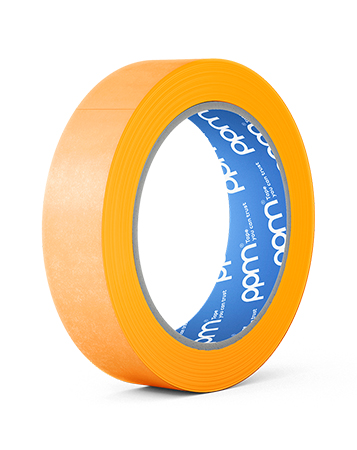
While a wider roll will allow you to cover a larger surface, such as a baseboard or a windowpane (check out PPM’s 2010 Painter’s Multi-Purpose Masking Tape).

Stickiness: not all masking tapes stick the same, they have different levels of stickiness; you should use an extra sticky one on uneven surfaces, such as stone or brick (check out PPM’s 2030 High Performance Masking Tape).
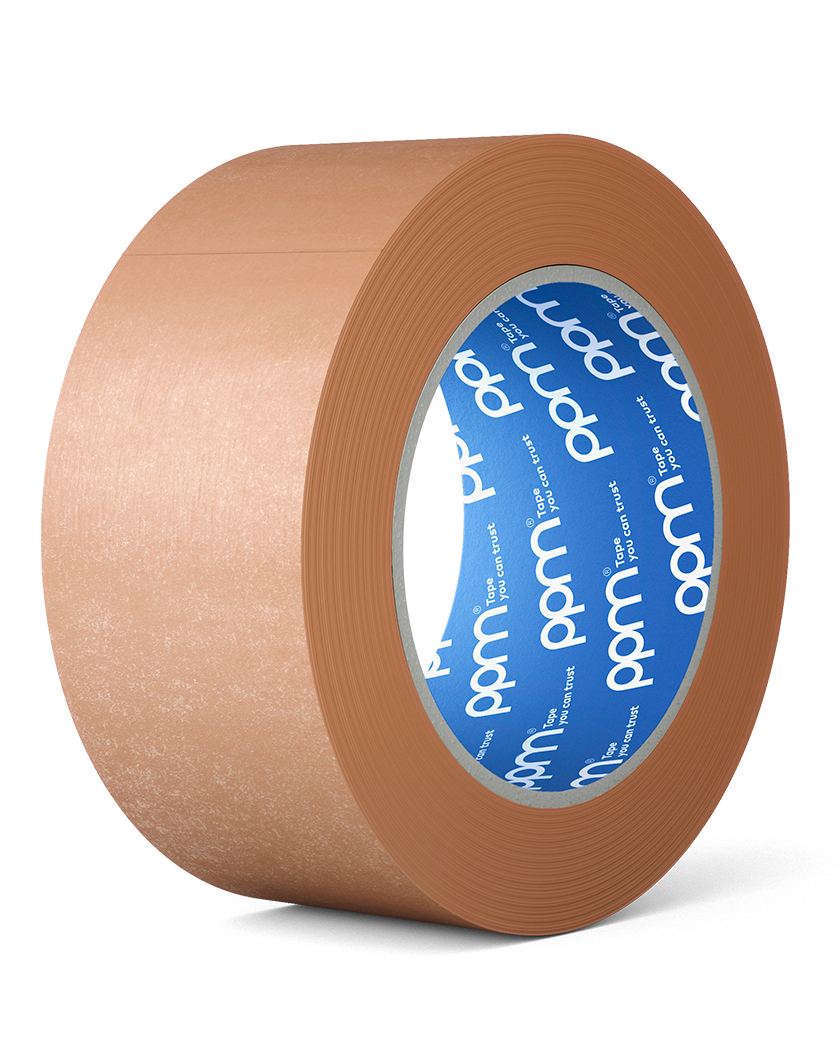
While you should pick a less sticky one for delicate surfaces (check out PPM’s 2031 Painter’s Low Tack Masking Tape).
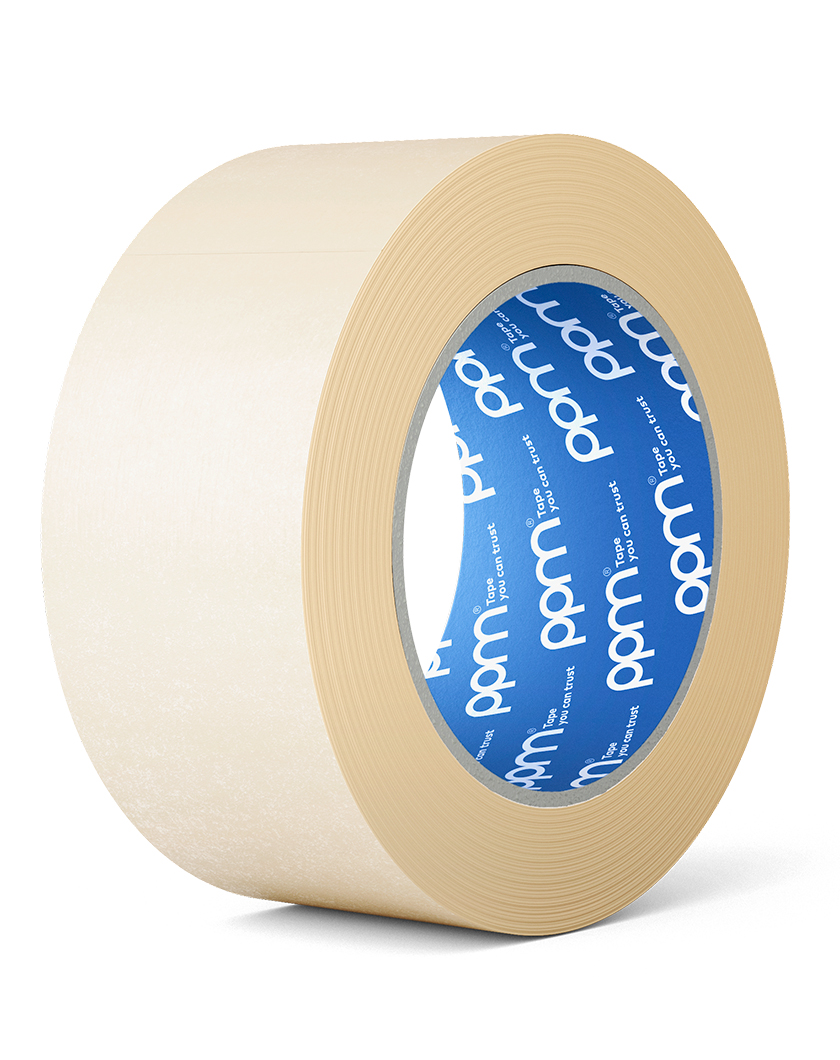
Once you pick the right masking tape for the job, you can move on to making sure you apply it correctly.
If you’re curious to know all of PPM’s masking tapes, contact us! We will show you the right one for you.
Contact us
Thanks for the registration
Please write to us.
We will be glad to answer your enquiries.
Thank you for your get in touch, we will contact you soon
Error
